Guest Editorial | Michael Copp
Competing for skilled employees
Tips for mitigating the workforce shortage for your contracting company.

Image courtesy of Nuthawut Somsuk / iStock / Getty Images Plus

Michael Copp
Three things you need to know:
- The U.S. and construction unemployment rates were 3.6% in June 2023. Given low unemployment, contractors might consider recruiting ‘Employment Extenders’ — workers aged 50 years and older seeking to extend their employment past the traditional retirement age;
- Contractors may need to consider offering ‘traineeships’ that can be designed with educators so that training content meets industry standards and prepares students to be work-ready, and prepared for further training; and
- Business continuity through effective succession planning is seen as just as critical as employee recruitment and retention.
Unemployment remains low
The U.S. and construction unemployment rates were 3.6% in June 2023. Furthermore, construction hires exceeded quits by 152,000 positions. Compounding the problem is that this past spring, construction hires exceeded the number of job openings, suggesting that a bit of job hoarding was going on. All this is making it hard for plumbing and HVACR contractors to compete for skilled technicians.
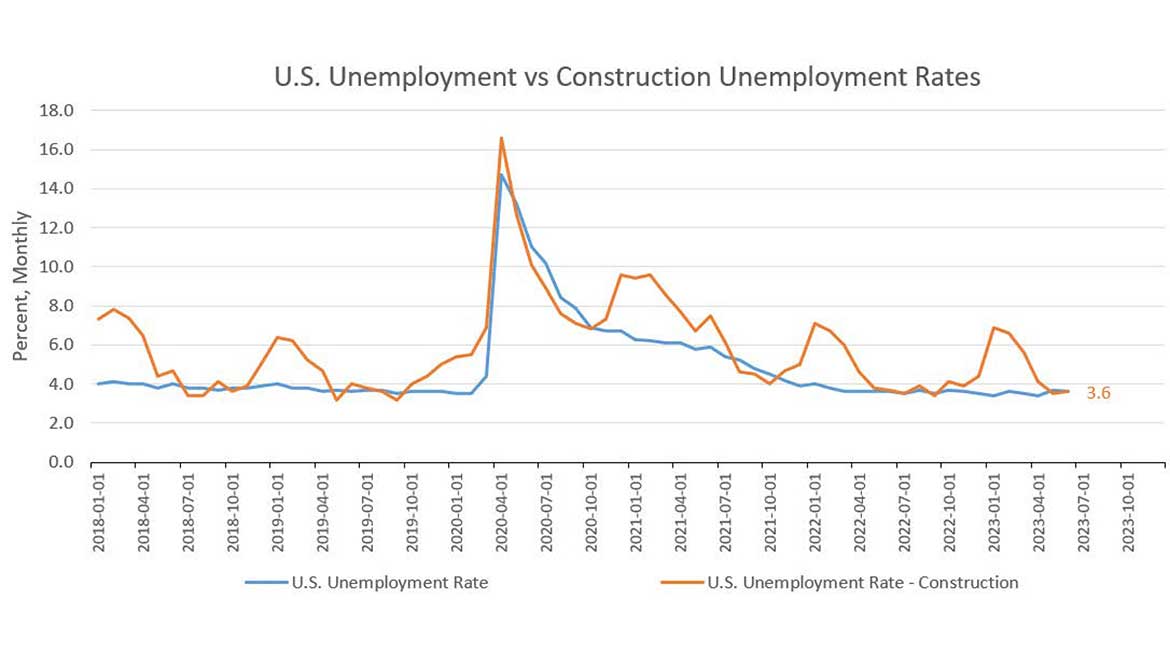
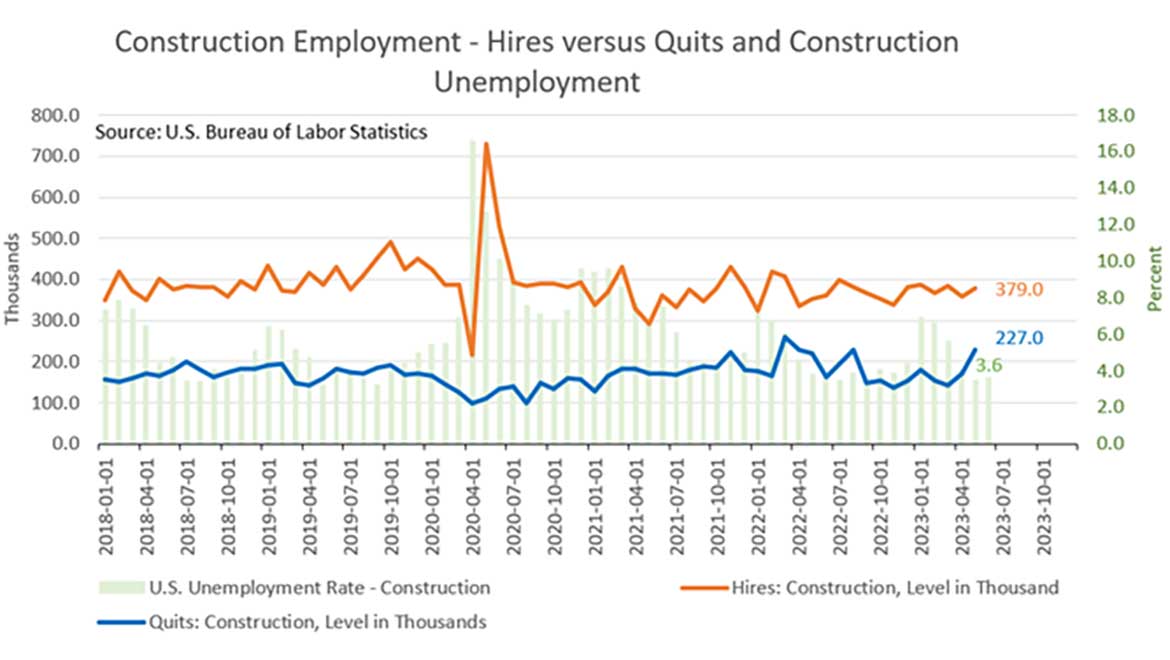
Low unemployment in the construction industry can create an atmosphere of intense competition for labor, increased diversification of skills among workers, increased workload, and a limited pool of skilled candidates.
- When the construction industry is booming with low unemployment rates, construction companies often offer more competitive salaries and attractive benefits to attract skilled labor. Plumbers and HVACR contractors may find it challenging to compete with these offers, especially if they are smaller businesses with stricter budget constraints;
- Skilled laborers, including plumbers and HVACR technicians, may be drawn to other construction projects rather than solely focusing on plumbing and HVACR projects. They might explore gainful employment in areas that are in high demand, such as general construction or electrical work. This diversification of skills can make it harder for plumbers and HVACR contractors to find and hire qualified workers in a competitive labor market;
- Construction projects are more likely to be actively underway, which may lead to a high workload for existing plumbers and HVACR technicians, delay in projects or reduced availability for new plumbing and HVACR jobs. Consequently, plumbers and HVACR contractors may struggle to hire additional workers due to limited availability and increased demand for their services; and
- Many workers may already be employed and hence, creating a shortage of skilled plumbers and HVACR technicians within the labor market. In the second quarter 2023 PHCC Contractor Confidence Index survey, PHCC member respondents noted that they were “not operating with full staff, employees, [and] qualified technicians”— though sentiment markedly improved in the second quarter of 2023 when compared to the first quarter.
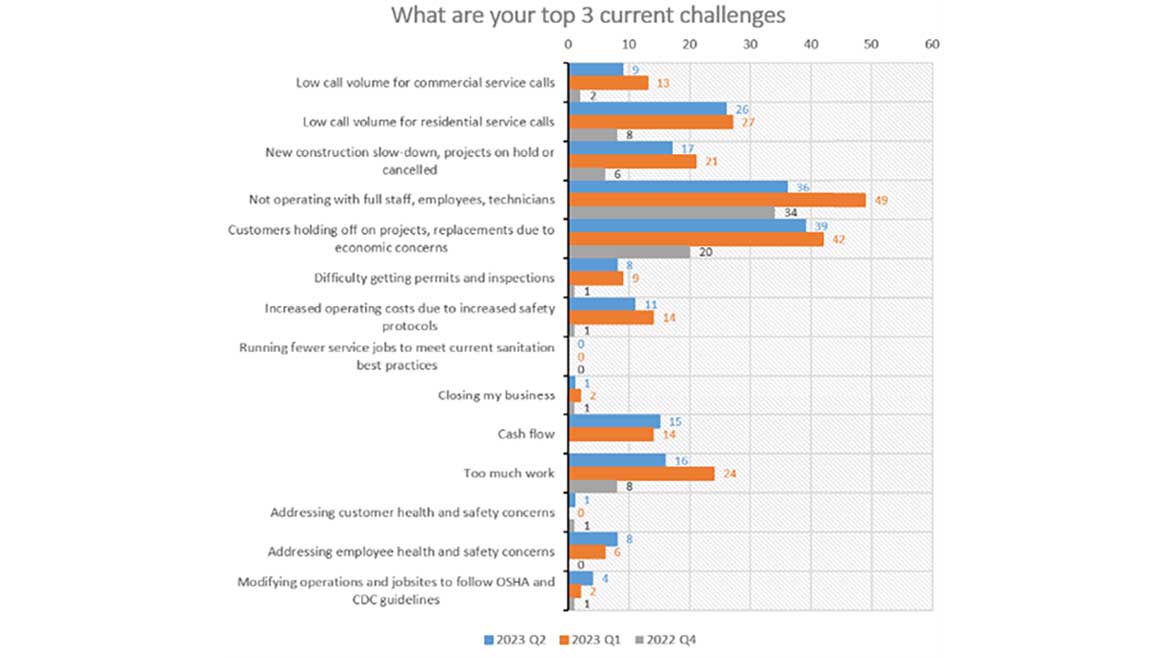
As Albert Einstein once said, “In the middle of difficulty lies opportunity." One idea is for contractors to consider workers seeking to extend their employment past the traditional retirement age.
“Don’t Overlook ‘Employment Extenders” — Serah Louis (2023) in her recent online article, “Boomers are now in a ‘power position’ at work, experts say — here's how you can benefit from extending your career,” defined ‘Employment Extenders’ as “Workers aged 50 years and older who have rejoined the workforce after retiring and or those planning to work past traditional retirement age.” Reasons for reentering the workforce or extending their years of service include not having saved enough money with higher inflation disrupting their current lifestyle. Also, “they may be reluctant to lose vital job benefits, like health insurance and their 401(k) plans, once they stop working.”
The U.S. Bureau of Labor Statistics reported in June 2023 that there were 21,238,000 unemployed civilians. 1,411,000 of those not working were between the age of 45 to 64 years, which by chance, is the largest age group seeking apprenticeships.
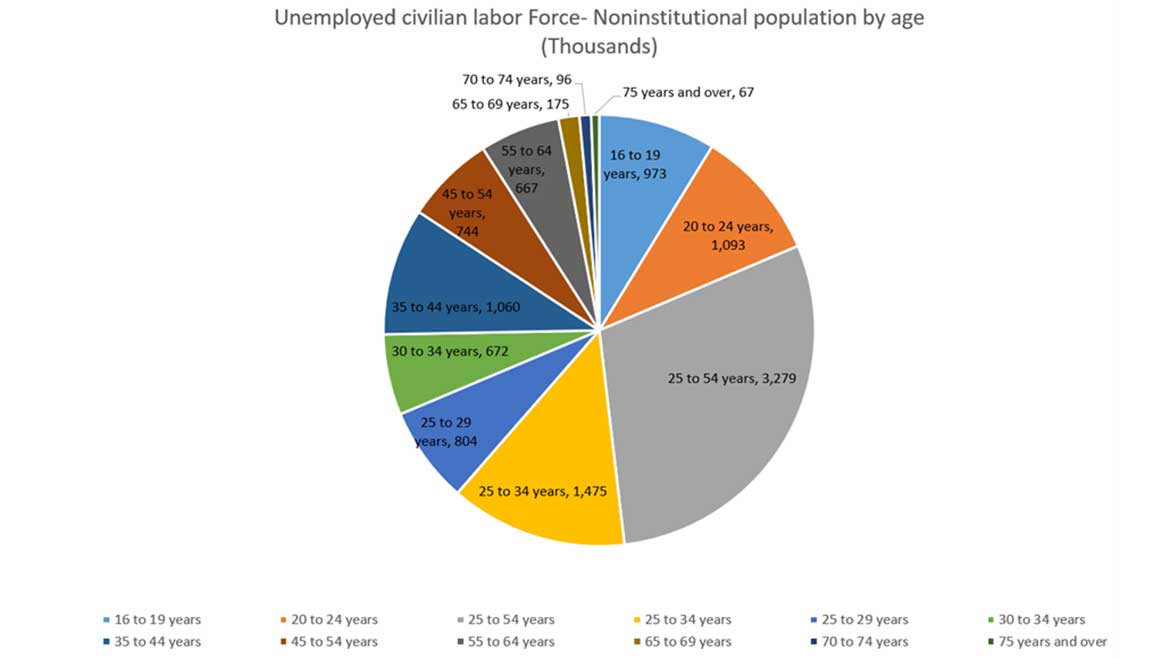
Thi Le (2023) with IBISWorld reported in January 2023 that apprenticeship training schools made up 12.2% of the trade and technical schools market in the U.S. and that the largest group of participating students are between the age of 35 and 64 years old at 40.2%. “As manufacturing processes have become more automated and technological-driven, the need for technical training and education is high among this age group. Many have turned to the trade and technical schools industry to improve their employment prospects.”
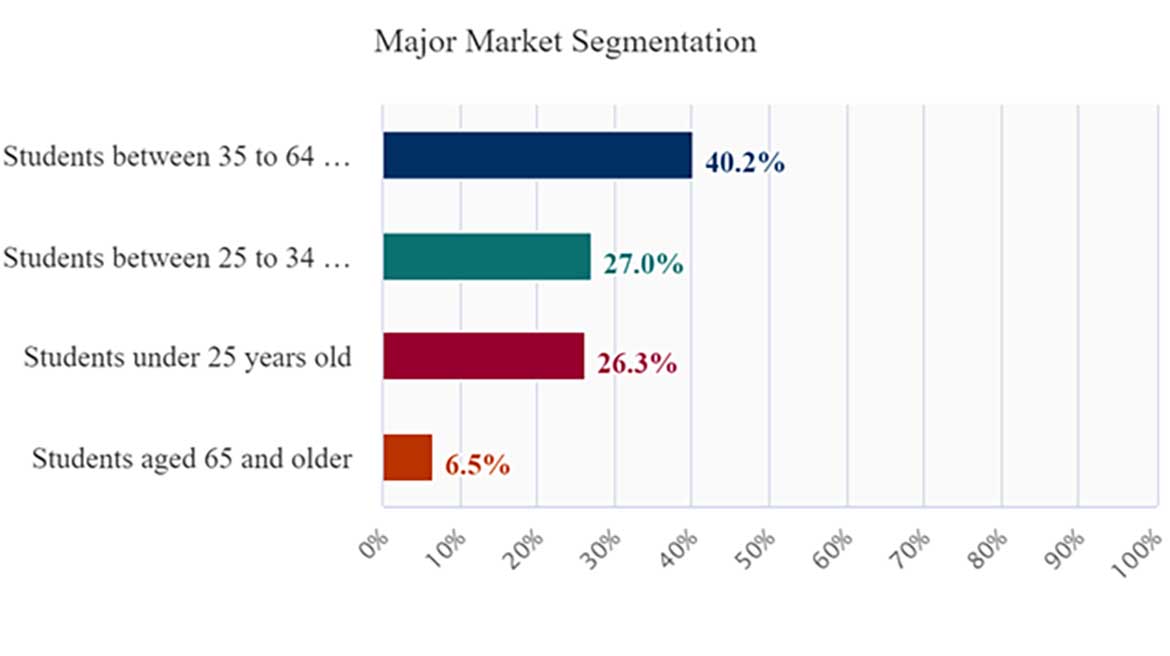
Contractors can benefit from this latest phenomenon by leveraging the availability of older workers and backfilling existing roles with these candidates eager to learn new skills and technologies.
Work-based learning has been the cornerstone of the sustained science and craft of the plumbing and HVACR professional. With student demographics changing and progressive educational and training offerings online and on ground increasing due especially because of the recent pandemic, contractors might consider offering ‘traineeships.’ Apprenticeships.com (2022) suggested that traineeships can be created “in collaboration [between educators and] employers … so that their content meets industry needs and prepares the student for work, [and] further training.” Working with your local National Association of Workforce Boards (NAWB) may be a great place to start for help as well as funding assistance.
Working with local workforce boards
The comedian, Milton Berle once said that “If opportunity doesn't knock, build a door.” In 2015 alone, the NAWB “helped state and local workforce boards leverage over $4 billion in annual federal funding to support local and regional workforce training initiatives. Its members [helped] more than 13 million people [and placed] 7.8 million people in jobs.” However, many contractors may be unaware of the existence of local workforce boards as a source of job candidates and career-seekers.
Local workforce boards place candidates into jobs by identifying candidates for apprenticeships and provide federal funding to place and train candidates. Contractors can access local workforce boards for candidate placement options who come with approved funding for training. Local and state trade association chapters like those within the Plumbing Heating Cooling Contractors Association PHCC can facilitate the connection between their contractor-members and local workforce boards. By doing so, your company will build a brand of investing in future talent and hence, become a preferred employer.
Be the ‘employer of choice’
In a tight labor market, contractors need to ascend to ‘top of mind’ amongst potential candidates. Serah Louis (2023) listed employer benefits that ‘employment extenders’ will be drawn to include:
- Offering 401(k) plans and catch-up contributions, and access to financial advisers, and estimating income needs to get employees a more holistic picture of their retirement plan;
- Promoting [company benefits] like emergency savings accounts, health care spending plans, insurance, and student debt [management] programs; and
- [Encouraging] health and wellness benefits that are… provided — and [offer] flexible working arrangements if needed.
A couple of additional recruiting strategies include attending career and job fairs to promote trades to middle and high school students as well as boomers and millennials who may be attending community college or vocational training centers. Consider hosting ‘Ride and Decide’ programs to students as well as those looking for a career change or fell victim to layoffs in their preferred career field. While these are more short-term tactics, contractors may also need to think about a solid succession strategy to ensure long-term business continuity.
Business continuity
Senge, Ross, Smith, Roberts and Kleiner (1994) in their book, “The Fifth Discipline Fieldbook,” suggested that effective succession planning is seen as just as critical as employee recruitment and retention. “A community-oriented workplace... foster[s] a different view of career paths, allowing people to develop continuity and longer-term accountability for results, without sacrificing their careers. In the future, if people do change jobs or work sites, part of their compensation could be based on how well they serve as bridges of [business] continuity to whoever replaces them.”
Contractors can benefit from this latest phenomenon by leveraging the availability of older workers and backfilling existing roles with these candidates eager to learn new skills and technologies. Work-based learning has been the cornerstone of the sustained science and craft of the plumbing and HVACR professional.
Contractors may ask experienced workers to mentor younger employees; and pursue new projects that require greater knowledge, skills, and experience in making strategic decisions; and thereby, build organizational problem-solving capabilities within their existing workforce.
Attracting employment extenders, engaging with local workforce boards, promoting your company as the employer of choice, and having a solid succession plan can help you when searching for skilled labor. Many companies within the construction industry are chasing after the same pool of talent and hence, p-h-c contractors must determine how their strategic profile can attract skilled workers who believe in not just what they are doing, but also why they are doing it- all within a corporate culture of growth.
As Theodore Roosevelt observed, “far and away the best prize that life offers is the chance to work hard at work worth doing." There are talented candidates out there who believe this deep in their core, and they should be working for you!
For more great information from the PHCC Business Intelligence Team, check out www.phccweb.org/membership.
Looking for a reprint of this article?
From high-res PDFs to custom plaques, order your copy today!









